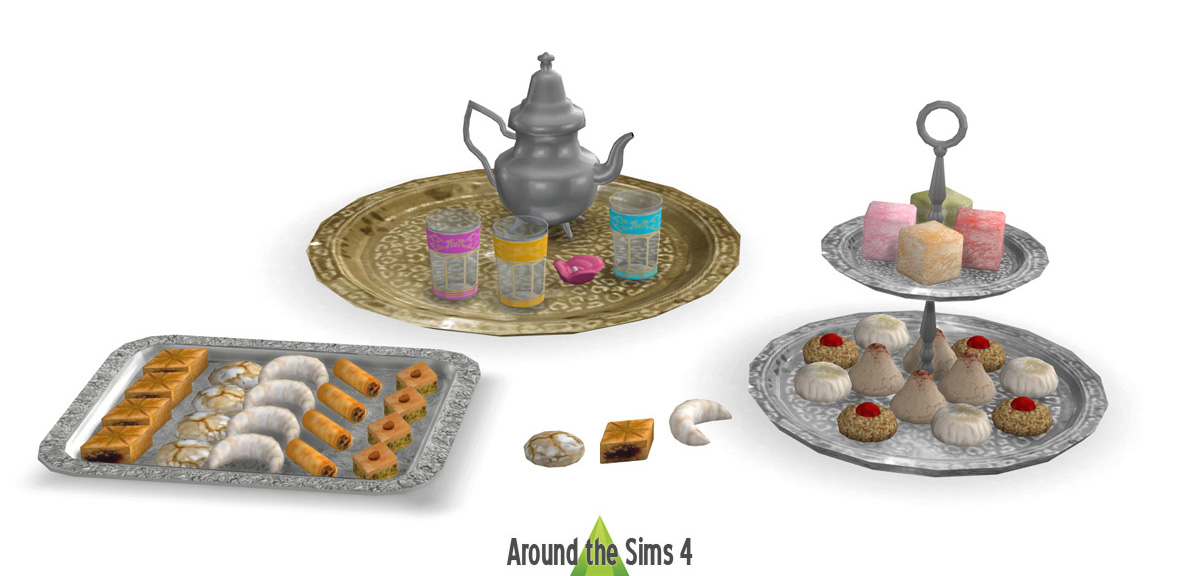

Stonyfield’s eventual goal of eliminating packaging for premade foods is still far-off.

Stonyfield currently sells their frozen yogurt pearls in select Whole Foods either in pre-packed bags made from wood fiber (shown above), or over the counter at Wikibars (in Boston and Paris) where customers place the pearls in their own bags, egg cartons, or packaging. The flavor of the skins can be modified to complement what’s contained inside for instance, the frozen yogurt pearls come in sweet flavors like banana-chocolate and strawberry-chocolate. These edible food wrappers have no flavor, eliminate the need for plastic spoons or wrappers, and can be rinsed and eaten whole or, when peeled off and thrown away, will quickly break down.

They are like the human skin, reproducing the natural barrier that keeps everything inside the body. Made of algae and calcium, WikiPearls are like a grape – wrapped in its own protective skin, and can be handled without melting and washed like a piece of fruit.
#THE SIMS 3 EDIBLE FOOD SKIN#
Edwards describes his inspiration for the gel skin (called WikiCells) as coming from nature itself. The collaboration between Stonyfield and WikiFoods was the first to bring this novelty to market. The skin was developed by Harvard scientist David Edwards at “Le Laboratoire”, a lab in Paris, and Edwards founded his company, WikiFoods, in 2012 to commercialize the edible packaging innovation. These small, single-serve spheres contain a Stonyfield frozen yogurt center encased with an edible gel skin. In 2014, they launched a frozen yogurt novelty item called WikiPearls™. was one of the first companies to sell a product with edible packaging in stores. There are five categories of edible food packaging innovation: food wrapped in food, food paired with an edible/biodegradable container, a cup or container to be eaten with its beverage, packaging that disappears, and edible packaging served at quick-service restaurants. Edible packaging, films, and coatings can be made from carbohydrates, fats, or proteins, depending on their uses. The push to go back to bio-based packaging materials will utilize sources that are annually renewable. It wasn’t until the 20 th century, when petroleum-derived chemicals replaced biologically derived resources, that we switched over to other packaging materials, such as plastic. For example, yuba (soymilk skin) has been traditionally used in Asian countries since the 15 th century. Up until the 20 th century, most wrappers and films for packaging food items were biologically derived and many were edible. Other manmade foods also utilize the concept of an edible wrapper – sausages, mochi (Japanese ice cream in a soft, glutinous rice shell), and caramel candies filled with a soft center, among others. Potato skins are a delicacy, and lemon peels are both a water-repelling protective layer for the fruit and an aromatic and flavorful addition to baked goods and savory dishes. In nature and the world around us, all sorts of produce come in their own protective skin. While edible packaging may seem like a novel idea, it isn’t.

It doesn’t make sense that a food item consumed within minutes or seconds leaves behind a piece of packaging that lasts for years in Earth’s landfills. Advances in food packaging technology could make food storage and preparation simpler, meanwhile curbing food and packaging waste, and reducing the leaching of chemicals from packaging into food. Yet edible packaging may provide more sustainable products and a way to help the environment and limit landfill waste from packaging. Would you be afraid of germs? Would it make you nervous to eat the package, as well as the food product within, wondering what this “edible” package is comprised of? While edible packaging innovations are on the rise, countless uncertainties prevent consumers from being willing to give these new products a try. You would be able to eat your ice cream or protein bar right off the shelf, its package or wrapper included! Think biodegradable skins and shells like those of fruits (coconuts, bananas, apples, etc.). Imagine walking into a grocery store where everything is wrapped in edible skins, with no other packaging. Edible Food Packaging Food for thought and packaging


 0 kommentar(er)
0 kommentar(er)
